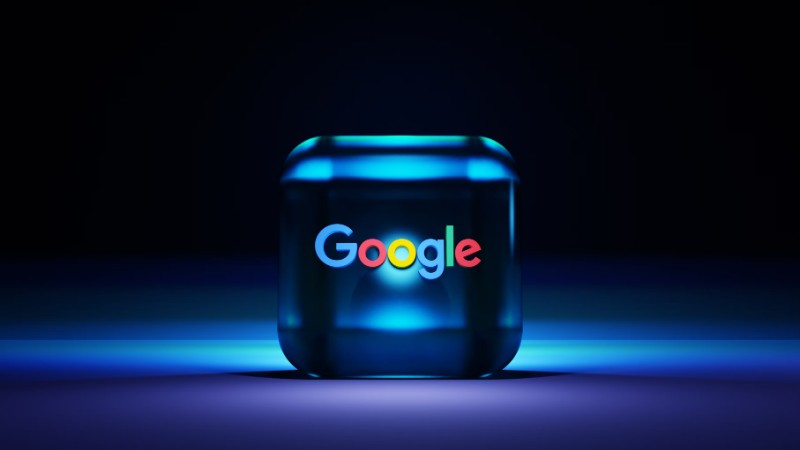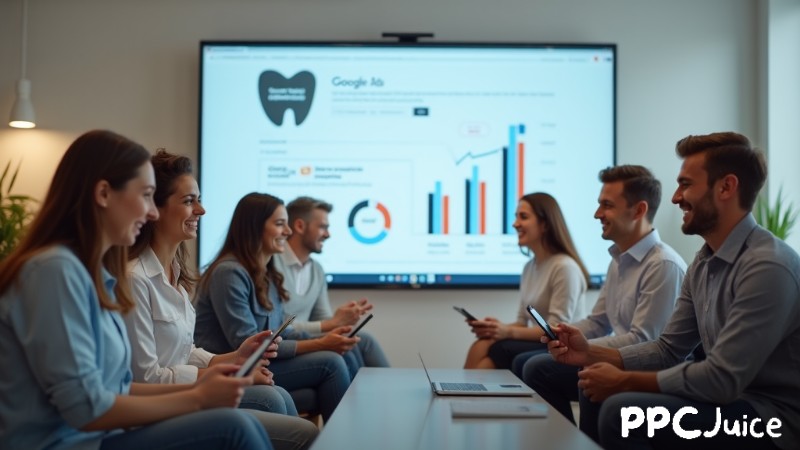
Google has introduced a major shift in how it displays paid content. During Google Marketing Live 2025, it confirmed that sponsored results will now appear inside the summaries at the top of search results.
This opens new territory for advertisers, moving beyond the usual static placements. It means users might now see ads blended into the answers they’re already reading, making the ad feel more natural to the search.
Marketers raise concerns about a lack of control
While these new features offer more reach, not everyone is sold. One of the biggest complaints from advertisers is the lack of transparency. It’s not clear when or how often paid messages appear in summaries or chats, and advertisers don’t yet have control over where these placements happen.
Michelle Merklin of Tinuiti stressed the importance of brand safety. With no clear option to opt in or out of this ad space, some brands worry about how their name might appear or be interpreted. PPC agencies and those offering Google Ads management services are urging Google to give advertisers more settings and reports to help track performance and protect their image.
From keywords to questions
This update also changes how ads should be written. Traditional keyword targeting may not work as well in this new setup. Instead, content needs to be built around how real people ask questions.
Ambika Sharma of Pulp Strategy explained that content now needs to be structured in a way that connects directly to the user’s intent. Brands should focus on useful phrases and clear messages, not just keyword stuffing.
New formats mean new ad strategies
To succeed, businesses need to rethink where and how they invest in search ads. With new placements and formats emerging, spreading budgets wisely is key.
It’s no longer just about who bids the most; it’s about who delivers the most relevant, readable answer. Brands need to try different ad types, test regularly, and adjust based on how users respond.
What advertisers should do
These changes are a sign of how search is shifting. Instead of waiting, advertisers should act now. That means reviewing current ad copy, investing in new formats, and partnering with a hireable PPC consultant or trusted PPC agency. Staying ahead means keeping ad messages clear, relevant, and prepared for this new way people search and interact with brands.

